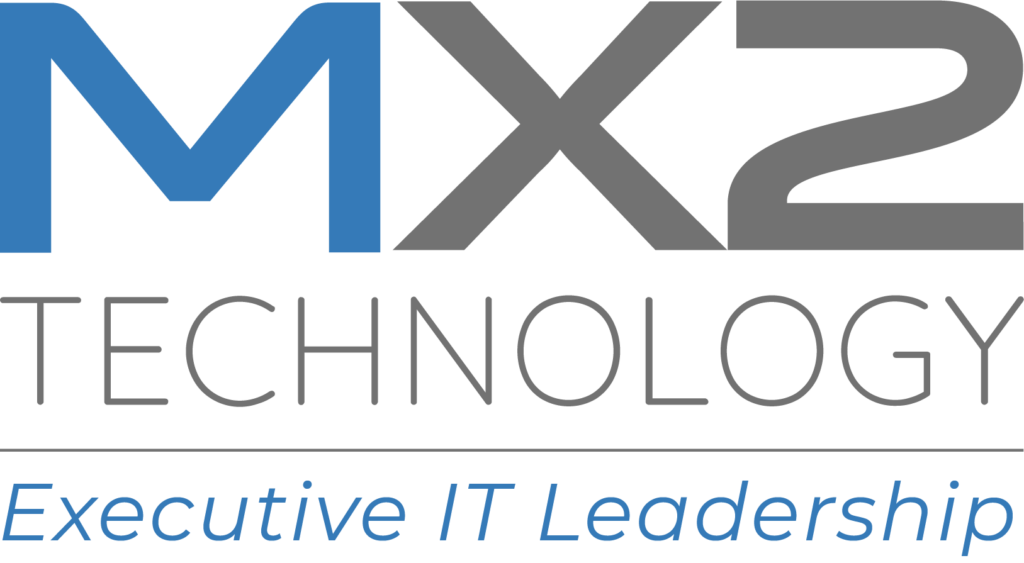Following the contractual trigger set by the Department of War (DoW) on September 10, 2025, the question for defense contractors has shifted from if to how to achieve CMMC Level 2. The path to certification is rigorous, requiring discipline and adherence to the DoW’s official scoping and documentation guides.
This roadmap details the essential, non-overlapping steps required to earn a CMMC Level 2 status and secure your future contracts.
Phase 1: Defining the CUI Enclave (Scoping)
The goal of scoping is to define the exact boundary of your CUI Enclave—the system and assets that must meet the 110 NIST controls. Proper scoping is the single largest factor in controlling assessment cost and complexity.
- Map the Data Flow: Start by creating a visual Data Flow Diagram (DFD) to track CUI from the moment it enters your network (e.g., DoD portal, encrypted email) to where it is processed, stored, and eventually transferred or destroyed.
- Identify Critical Assets: Classify every asset that interacts with the CUI Enclave using the DoW’s required categories:
- CUI Assets: Systems that process, store, or transmit CUI (e.g., CUI workstations, file servers). These assets are assessed against all 110 controls.
- Security Protection Assets (SPAs): Systems that provide security functions for the CUI Assets (e.g., firewalls, SIEM tools, authentication servers). These are in-scope for relevant controls.
- Contractor Risk Managed Assets (CRMAs): Assets that could access CUI but are strictly segregated by technical and policy controls. These are documented in the SSP but are not fully assessed against the 110 controls.
- Prove Exclusion: Any system deemed Out-of-Scope must be logically and physically isolated from CUI and its supporting SPAs. Documentation must demonstrate that the system cannot process, store, or transmit CUI.
Phase 2: Documenting Full Implementation (The SSP Blueprint)
The System Security Plan (SSP) is your primary evidence document. Assessors use the SSP to guide their audit, testing that your practice matches your documentation.
- The Control Narrative: The SSP must provide a detailed, control-by-control explanation of how you satisfy each of the 110 NIST practices. The narrative must answer: Who, What, When, How, and With What Evidence for every requirement.
- System Boundaries: Include a description of the CUI Enclave, network diagrams with asset classifications, and an inventory of all in-scope systems.
- Roles & Responsibilities: Clearly assign accountability. The SSP must document specific roles (e.g., IT Administrator, Incident Response Team) responsible for executing security functions.
- Third-Party Oversight: For controls managed by External Service Providers (ESPs) (e.g., cloud hosts, managed security services), the SSP must detail the shared responsibilities and prove that the provider meets the necessary standards (e.g., FedRAMP Moderate equivalency).
Phase 3: The Certification and Closeout Process
This phase begins with an internal review and culminates in official validation by an accredited third party.
- Internal Readiness Check: Before engaging a C3PAO, conduct a Gap Assessment (or mock audit) using the CMMC Assessment Guide’s 320 objectives. This step is non-optional for achieving high confidence.
- C3PAO Engagement: Select a Certified Third-Party Assessment Organization (C3PAO. The C3PAO will conduct an Assessment Readiness Review to confirm your scope and documentation prior to the official audit.
- Conditional Certification & POA&M: If the C3PAO assessment finds only minor, 1-point deficiencies, you may be granted Conditional Level 2 Status. These gaps must be documented in a POA&M with actionable steps.
- The 180-Day Deadline: You have a strict 180-day window to implement all POA&M items. For C3PAO-assessed organizations, the same C3PAO must perform a Closeout Assessment to verify remediation. Failure to close the POA&M within this timeframe means the Conditional Status expires, resulting in loss of contract eligibility.
- Final Status: Successful closeout results in Final Level 2 Certification, valid for three years, and recorded in the SPRS system.
Secure Your Contracts: Partner with MX2 Technology
Achieving CMMC Level 2 is a compliance milestone that directly translates into contract eligibility. The detailed scoping and rigorous documentation required for the SSP and POA&M are where most organizations fail.
MX2 Technology is a certified CMMC Level 2 MSP specializing in turning complex compliance into competitive advantage. Our experts streamline Phases 1 through 3, ensuring your CUI Enclave is accurately defined, your SSP is auditor-ready, and your POA&M strategy prevents contract loss.
Don’t risk your eligibility in the DIB. Contact MX2 Technology today to leverage our expertise and solidify your Final Level 2 Certification.

